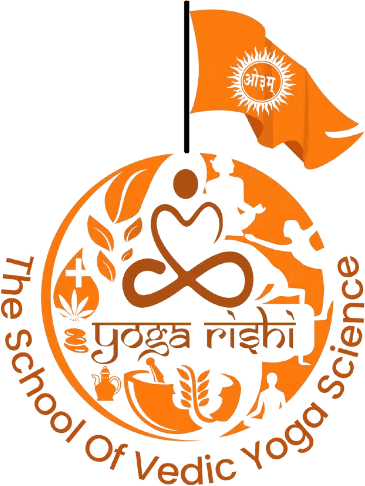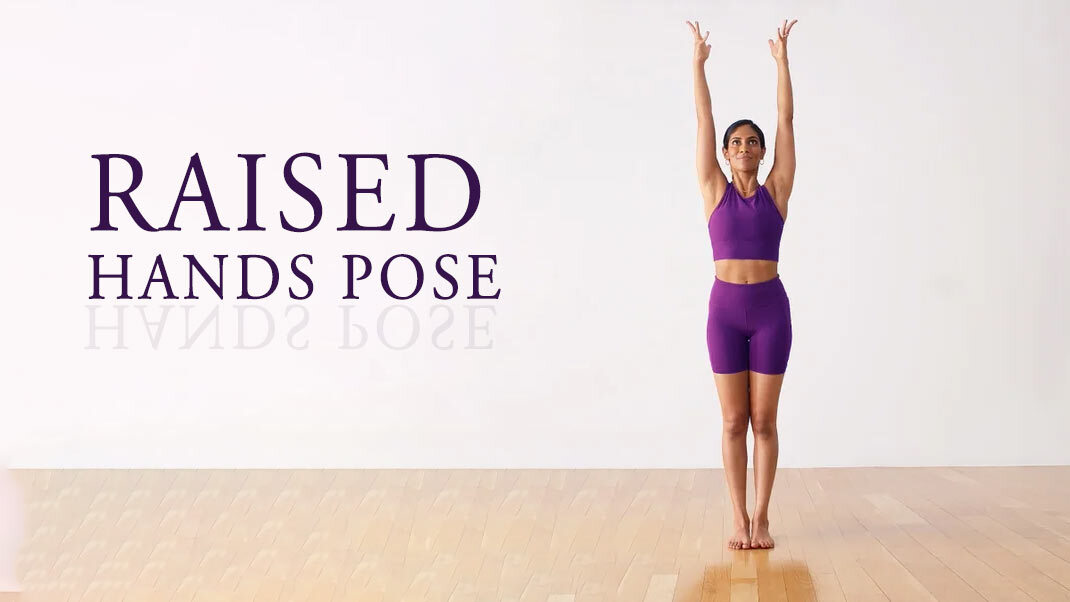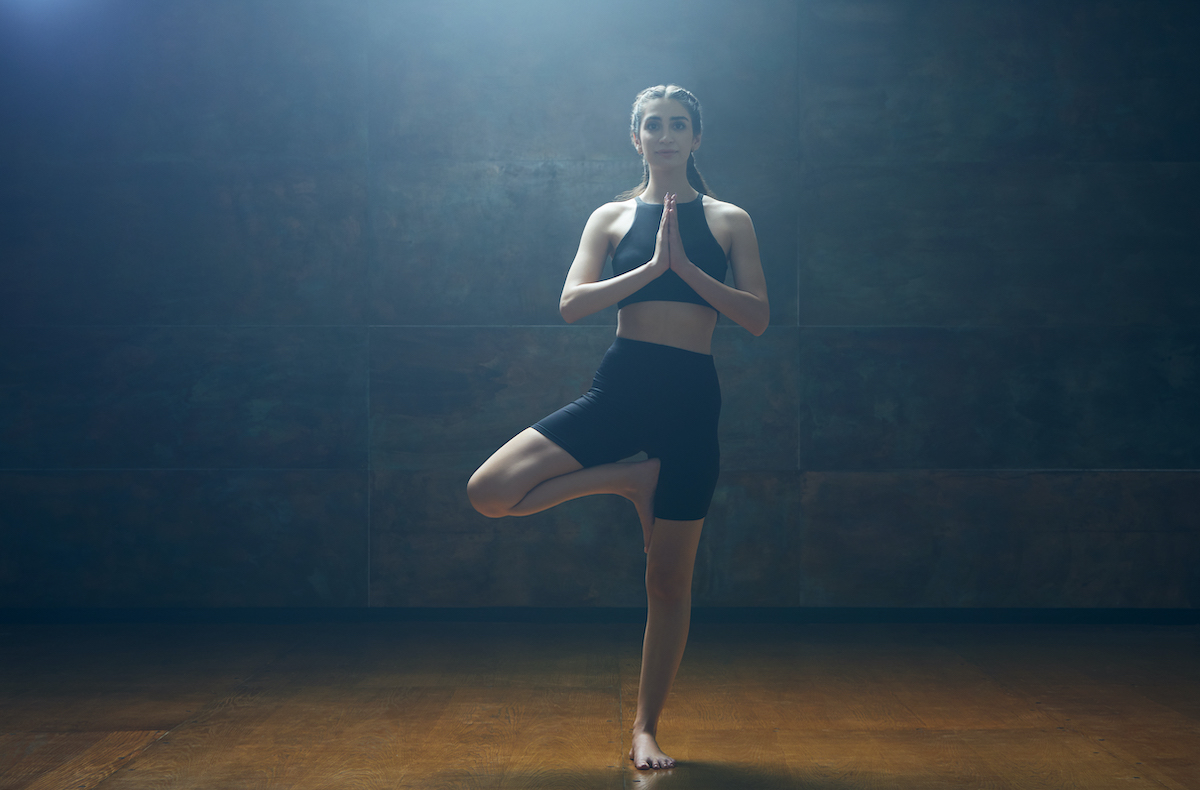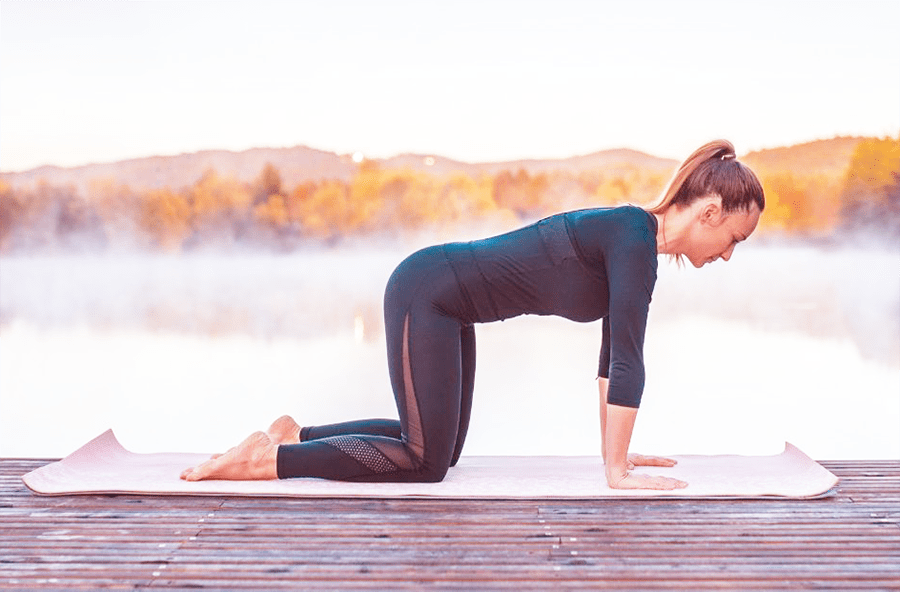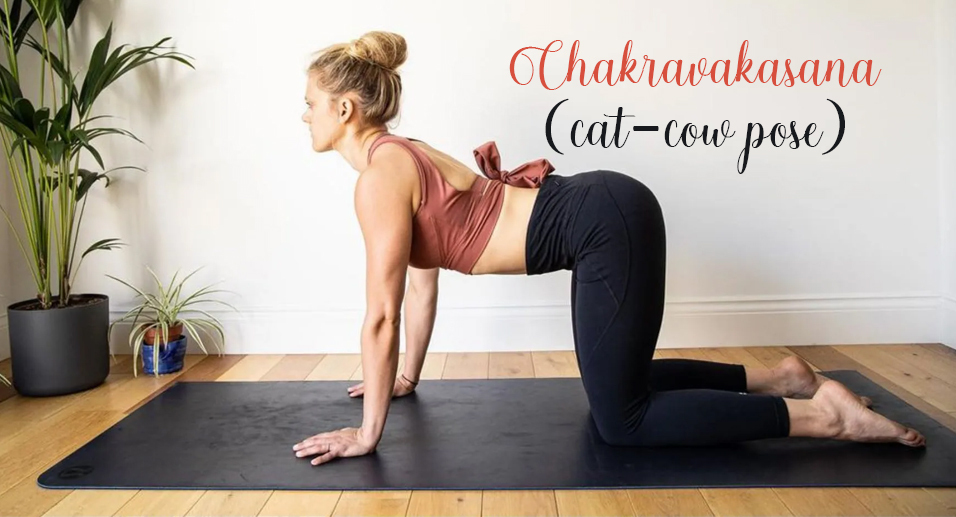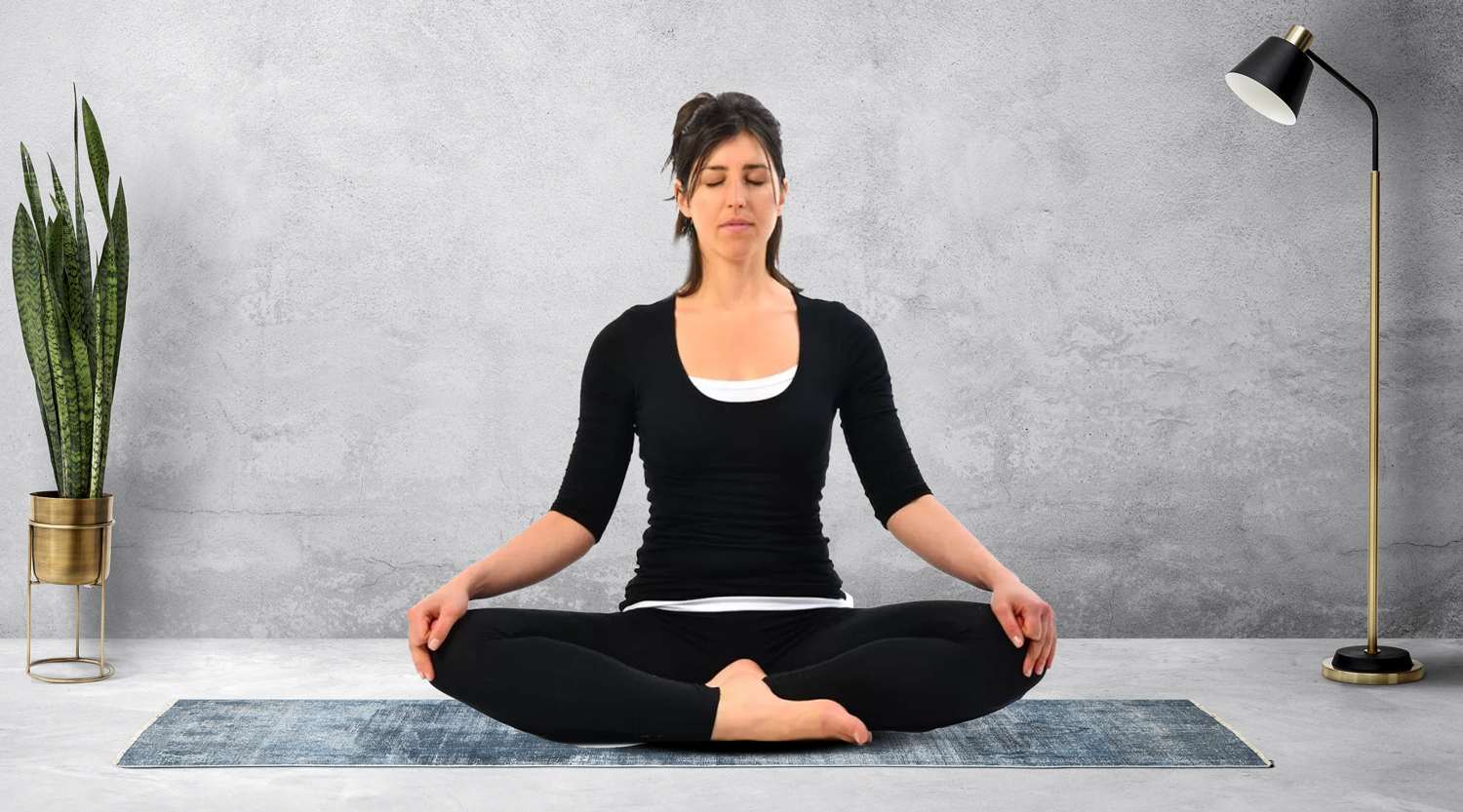
Demystifying Siddhasana Yoga Pose to Achieve Liberation
What is Siddhasana- The Perfect Pose:
Various other names for Siddhasana include the “Perfect Pose,” the “Adept Pose,” the “Accomplished Pose,” “Muktasana,” and the “Liberation Pose.” It is a traditional meditation pose that is used in many types of yoga. Due to its effects on circulation of energy and focus, this sitting position is frequently regarded as one of the best for meditation as well as regulating one’s breathing.
Anyone of any age or physical ability may perform this beginner-level position. The person performing the practise sits in this asana in such a way as to awaken the body’s energy chakras. It could result in spiritual enlightenment and higher realms of awareness. To avoid tension or unease in the knees and ankles, it must be properly practised.
Steps for Siddhasana:
A precise positioning of the hands and legs is required for this sitting meditation posture. The steps to doing Siddhasana are as follows:
- Select a place that is peaceful and quiet and is not disturbed in any way.
- Position yourself on the floor with your legs out in front of you to start.
- Pull the heel of your left foot towards the perineum, which represents the soft region between the anus and the genitals, by bending your left leg at the knee. Your right thigh’s inner part should be in contact with the bottom of your left foot.
- Next, fold your right knee and position the heel of your right foot over your pubic bone, just below your perineum. Your right foot’s bottom should be lying against the inside of your left leg, between your left calf & thigh.
- To preserve the normal curvature of your lower spine, make sure your pelvis is inclined somewhat forwards. This will relieve some of the tension on your spine.
- In a relaxed position, place your hands on your knees or thighs.
- Your head should simply rest on your neck as a result of lifting your chest gently and lengthening your spine.
- Gently shut your eyes and exhale a few deep breaths slowly. Bring your mind to the moment at hand and let your breath to settle into calm and steady.
- Siddhasana should be maintained for the whole meditation session. Begin with a short period of time and progressively extend it as you begin to feel more comfortable in the position.
- Stretching your legs out in front of you will help you complete Siddhasana. If you’re trying to let off some stress, shake your legs.
Variants of Siddhasana:
Siddhasana asana yoga poses come in a variety of forms, each with unique advantages and degrees of comfort:
- Ardha Siddhasana (Half Siddhasana):
One of the feet is rested against the perineum in this version, and the second foot is put under the thigh on the other side. This might be beneficial for people whose stiff hips or knees make it difficult to do the complete Siddhasana.
- Siddha Yoni Asana (Siddha Yoni Mudra):
This Siddhasana variant is more difficult. The heels of both feet are strongly forced into the perineum in this posture, which maintains the initial pose’s foot placement for both. The practitioner bends a bit forward while holding the hands together behind the back.
- Siddha Swastikasana (Auspicious Pose):
In this form, the feet are tucked beneath the opposing thighs and both of the legs are bent at the knees. A relaxing and comfortable position for meditation is achieved by crossing the shins.
Tips to Do Siddhasana Properly:
It may appear like a straightforward position, but there are a few considerations you should make in order to get Siddhasana benefits:
- Siddhasana should be practised first thing in the morning. You can focus more easily at this time since everything is peaceful and your stomach is empty.
- Never give yourself unattainable goals while performing this yoga asana. Allow yourself some time to adjust to this routine.
- It is usually preferable to pick up this asana in an online yoga session or from a seasoned guru. You may prevent muscle tension and learn the correct Siddhasana posture thanks to this.
Amazing Benefits of Siddhasana:
Siddhasana benefits by having positive effects on the body, mind, and soul. The following are some of the main advantages:
- Due to its solid and supportive sitting position, which enables you to focus more intently on consciousness and self-awareness, it is perfectly suited for meditation.
- The position creates a straight spine and a calm body, which might improve your focus.
- It includes placing the legs in a certain way so that a soft energy lock or seal is made in the pelvic area. This is said to promote energy’s upward motion, encouraging the emergence of spiritual energy.
- The Muladhara chakra, which is linked to emotions of peace of mind, security, and being grounded, is considered to be activated by the location of the feet and the emphasis on the perineum in Siddhasana.
- The position supports an upright spine, which helps support healthy posture and preserve the spine’s natural curve. Additionally, it helps develop the muscles that support the spine.
- It can aid in mental relaxation and stress and anxiety reduction. Better emotional stability and mental clarity may result from this.
- It makes diaphragmatic breathing easier, which is necessary for successful breath control techniques.
- It fosters an atmosphere that is suitable for observation and investigating one’s feelings, ideas, and inner experiences.
- It can help you learn the importance of tenacity, tolerance, and self-control in your practise of yoga asanas and meditation.
Who should Avoid this Pose?
Following are some categories of persons who should use caution or refrain from performing Siddhasana:
- Those who experience knee or hip issues.
- Those whose ankles aren’t very flexible.
- Pregnant women, especially those who are farther along in their pregnancies.
- If you have vein problems, especially in your legs.
- Those who experience digestive issues including indigestion or acid reflux.
- If you recently underwent abdominal surgery or if you have any health issues that have pelvic-related symptoms.
- Those who suffer from long-term pain disorders like sciatica or lower back discomfort.
Conclusion:
Siddhasana asana yoga poses should be learned under the supervision of an experienced yoga teacher, particularly if you’re a novice or experience any physical restrictions. This position is a useful tool for people looking to develop their meditation practise and explore the inner realms of awareness because of its emphasis on peace of mind, alignment, and energy management.

